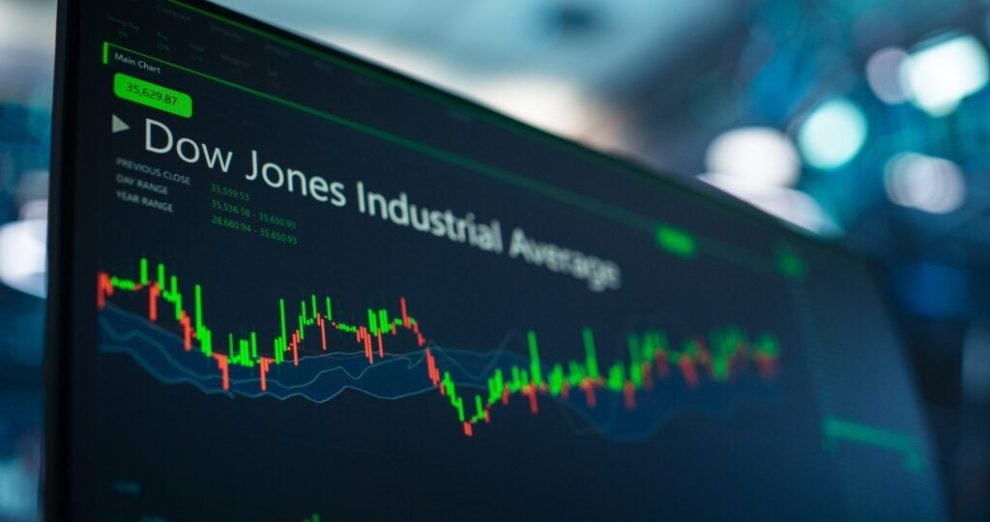The Dow Jones Industrial Average staged a powerful rally Monday, crossing its 200-day moving average for the first time since early April, as easing trade tensions between the U.S. and China injected a jolt of optimism into global markets.
The U.S. and China agreed to a 90-day truce by slashing triple-digit tariffs effective May 14. The Trump administration also agreed to hold more formal trade talks with Beijing after mounting signs of economic pressure on businesses and consumers.
The Dow Jones Industrial Average — as tracked by the Dow Jones Industrial Average ETF DIA — surged 2.8%, or more than 1,100 points. By mid-afternoon, it reached 42,385 — its second-best day in the past six months, eclipsed only by the 7.8% rally on April 9 when President Donald Trump announced the tariff suspension.
The index’s breakout above its 200-day moving average, a closely watched technical level, marked its first such move since the tariff escalation on April 2.
The S&P 500, likewise, gapped higher at the open, climbing toward 5,838 and holding above its 200-day moving average throughout the session.
Top Dow movers included:
- Amazon.com Inc. AMZN up 8.12%
- NIKE Inc. NKE up 7.07%
- Merck & Co. Inc. MRK up 6.39%
- Apple Inc. AAPL up 6.30%
- Caterpillar Inc. CAT up 5.57%
Fed Pivot Still Needed For Sustained Recovery, Analyst Says
While the bounce stoked investor enthusiasm, technical experts issued a note of caution.
Adam Turnquist, chief technical strategist at LPL Financial, said the reclaiming of the 200-day moving average could “raise the probability of a sustained recovery,” particularly by attracting systematic investors and trend-following funds back into the market.
Still, Turnquist warned that V-shaped recoveries tend to require policy pivots, “usually a dovish turn from the Fed,” which remains unlikely. Fed Chair Jerome Powell has continued to emphasize patience, suggesting the central bank won’t rush to ease policy despite mounting macro headwinds.
Historically, the current bounce may not be out of the woods.
According to LPL data, when the S&P 500 falls 15% or more from a record high, the index tends to suffer an additional average and median drawdown of 18-19% over the following year. The benchmark breached that threshold on April 4 but has only dropped 5.5% since — the shallowest follow-through decline among 14 comparable instances since 1950.
Still, it’s not all gloom. Forward-looking returns after such deep pullbacks have been positive 64% of the time, with the 12-month average gain sitting around 8%, offering some hope for longer-term investors willing to stomach near-term volatility.
Now Read:
Image: Shutterstock




Add Comment